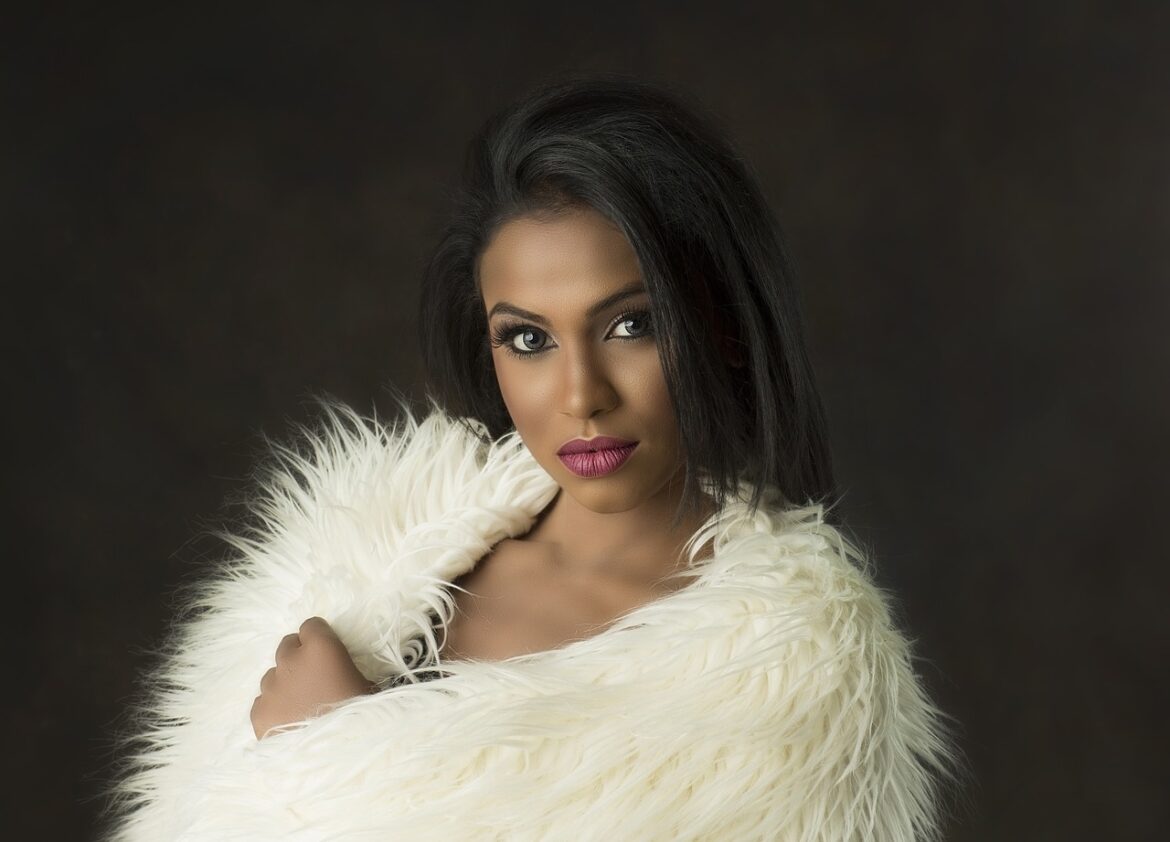Introduction to Fashion & Mental Health
Today, fashion is not just about style; it’s increasingly about how you feel inside and out. With mental health taking center stage, the fashion industry is evolving to support well-being. From comfort-driven designs to initiatives that transform emotional baggage into empowering fashion, we’re seeing a shift towards a more mindful approach to fashion.
Fashion as Self-Care
Fashion has become a vital aspect of self-care for many consumers, particularly among the younger generation like Gen Z. The focus on comfort, practicality, and emotional well-being is driving the market towards sustainable and wellness-oriented designs. Clothing is no longer just about aesthetics; it’s about how it makes you feel—confident, relaxed, and expressive. Fashion is becoming an extension of personal care, promoting ease and coziness as must-haves in outfits.
Nostalgic Comfort in Modern Design
There’s also a growing trend towards nostalgic clothing without sacrificing modern functionality. Consumers are drawn to styles from past decades reimagined with contemporary silhouettes and comfort in mind. This blend of old and new offers a sense of familiarity and warmth, perfect for navigating busy modern lives.
Breakups Meet Fashion
Dating apps are taking a bold step by incorporating fashion into the healing process after a breakup. Initiatives like ExCycle transform garments tied to past relationships into something new and empowering. This creative approach to dealing with heartbreak not only offers closure but also incorporates self-expression and mindfulness into the process. When clothing is tied to memories, reimagining it can be therapeutic and help individuals leave the past behind.
The Rise of Sustainable & Wellness-Oriented Fashion
The luxury fashion industry is embracing wellness with open arms. Brands are moving beyond traditional apparel to create products that contribute to a holistic lifestyle balance—merging fashion with fitness, health, and mindfulness. This trend signals a cultural shift towards valuing experiences over material possessions and highlights how fashion can support physical and mental health.
Digital & Phyigital Fashion Trends
Another emerging trend is the rise of digital fashion. It uses virtual avatars for designing and shopping, offering unique and imaginative pieces without physical constraints. Phyigital fashion combines virtual elements with physical products, creating experiences that blend both worlds. This allows consumers to experiment with styles virtually before making a purchase, offering a new dimension to fashion expression and mental well-being through self-expression and exploration.
Conclusion
From self-care through comfort to innovative digital trends, the fashion world is rapidly aligning itself with mental health and wellness. Whether it’s transforming past hurts into stylish statements or using clothing to enhance mood and confidence, fashion has become more than just what we wear; it’s how we feel about ourselves.
Key Trends in Fashion for Mental Health:
- Fashion as Self-Care: Prioritizing comfort and well-being in clothing choices.
- Nostalgic Comfort: Reimagining past styles with modern comfort.
- Breakup Recovery Fashion: Transforming emotional baggage into positive fashion statements.
- Luxury Wellness Fusion: Integrating wellness into high-end fashion for holistic well-being.
- Digital Fashion Trends: Experimenting with virtual fashion for self-expression and exploration.
By embracing these shifts in the industry, we can wear our health and positivity on our sleeves—literally and metaphorically.
References:
- https://www.insighttrendsworld.com/post/fashion-gen-z-fondness-for-moments-of-self-care-inspires-winning-fashion-collection
- https://www.globaldatinginsights.com/featured/tinder-taps-into-breakup-recovery-with-excycle-fashion-initiative/
- https://ivypanda.com/essays/words/300-words-essay-examples/
- https://clichemag.com/fashion/the-best-womens-looks-of-2025-combine-comfort-and-creativity/
- https://www.insighttrendsworld.com/post/luxury-the-fashion-forward-shift-toward-wellness
- https://mason.wm.edu/news/leadership-and-business-podcast/
- https://www.netguru.com/blog/fashion-industry-trends-2030
- https://www.betterhelp.com/advice/general/wellness-culture-and-mental-health-benefits-and-drawbacks-of-the-wellness-industry/



